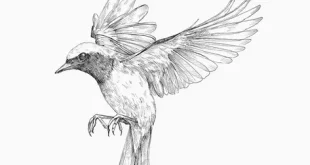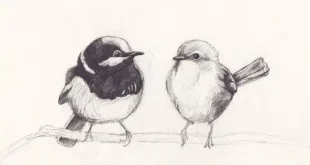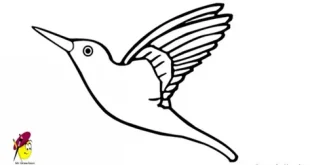Title: small blue bird observes the Beautiful Nature in the USA
1. A Gentle Introduction to the Small Blue Bird
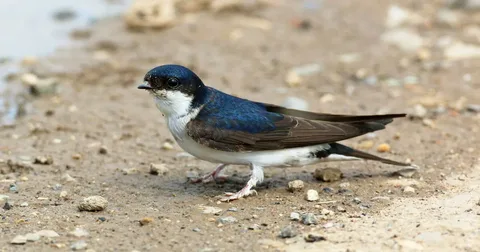
The small blue bird is one of the most captivating creatures found across various regions of the USA. Known for its vibrant blue feathers and cheerful songs, it symbolizes happiness, freedom, and new beginnings. These birds are often spotted perched on fences, trees, or garden posts, singing melodious tunes that bring calmness to the surroundings. Their delicate size and glowing plumage make them a true gem of the bird world. Whether seen in urban parks or rural landscapes, the sight of a small blue bird fills the heart with joy. Bird enthusiasts and nature lovers admire their peaceful nature, making them one of the most cherished birds across the country.
2. Habitat and Natural Environment of the Small Blue Bird
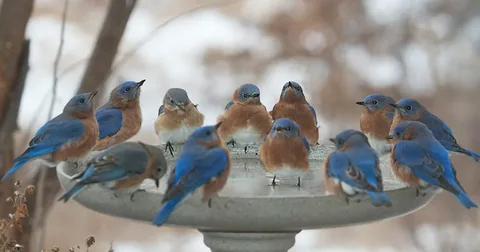
The small blue bird thrives in open woodlands, meadows, and farmlands scattered throughout the United States. It prefers areas with low vegetation, allowing easy access to food sources like insects, berries, and seeds. Many of these birds are also seen around suburban gardens where nesting boxes are installed by bird watchers. Their ability to adapt to human presence has helped them maintain stable populations in many states. During the spring season, these birds are highly active, searching for nesting sites and food. They often migrate short distances to warmer regions during winter, ensuring their survival in changing climates. The preservation of their habitats plays a crucial role in maintaining ecological balance.
3. Physical Features and Unique Characteristics
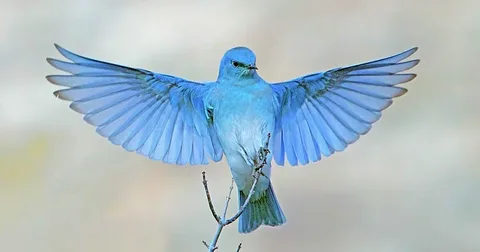
The small blue bird is easily recognized by its soft azure feathers and bright, shining eyes. Males display a deeper blue color, especially during the breeding season, while females exhibit softer shades of grayish-blue. Their petite beak is perfectly designed for picking small insects and seeds from the ground. With an average length of around six inches, they move gracefully from branch to branch, showing agility and alertness. Their smooth flight patterns and elegant body movements make them a joy to observe in the wild. Each feather glows under sunlight, giving them a magical appearance that fascinates bird photographers and nature artists alike.
4. Behavior, Diet, and Breeding Habits
These delightful birds are gentle yet active creatures, often seen flying swiftly across fields and gardens. They primarily feed on tiny insects such as beetles, caterpillars, and grasshoppers, which provide essential nutrients for their energetic lifestyle. During autumn, they also consume berries and fruits to prepare for colder months. The breeding season begins in early spring when males attract females with rhythmic songs and wing displays. Once paired, they build their nests in tree cavities or wooden nest boxes. The female lays three to six eggs, which she incubates for about two weeks. Both parents share the responsibility of feeding their young until they are ready to leave the nest.
5. Importance of Conservation and Human Connection
The small blue bird plays a valuable role in maintaining the natural ecosystem by controlling insect populations. Unfortunately, loss of habitat, climate change, and competition with invasive species pose threats to their numbers. Conservationists encourage people to create safe environments by planting native trees and providing clean water sources. Simple actions like setting up nesting boxes or avoiding harmful pesticides can make a huge difference. Beyond ecological importance, the small blue bird has cultural significance in American folklore, representing hope and renewal. Its charming presence continues to inspire poets, artists, and dreamers. Protecting this beautiful bird ensures future generations will also enjoy its uplifting song.
6. Beauty and Habits of the Small Blue Bird in the USA
The small blue bird is one of the most admired and charming species found across the USA. Known for its bright blue feathers and gentle nature, it brings color and life to American gardens and parks. These birds are often seen perched on fences, tree branches, or power lines, singing melodious tunes that brighten mornings. Common species include the Eastern Bluebird, Indigo Bunting, and Mountain Bluebird, each displaying stunning shades of blue. Their diet mainly consists of insects, seeds, and berries, helping maintain ecological balance. Small blue birds prefer open fields, meadows, and quiet suburban areas for nesting. Their friendly and cheerful behavior makes them a favorite among bird watchers and nature enthusiasts throughout the country.
7. Life Cycle and Importance of the Small Blue Bird in the USA
Small blue birds play a vital role in America’s environment through their feeding and nesting habits. During spring, they build nests using grass, twigs, and feathers inside tree holes or nest boxes. Both parents share the duty of feeding their chicks, showing strong family cooperation. As the young birds grow, they learn to fly and find food independently within a few weeks. These birds also help control insect populations, making them valuable to farmers and gardeners. Their songs and colors represent happiness, peace, and hope across American culture. Watching a small blue bird flutter under the open sky reminds people of nature’s beauty and balance. Their presence enriches landscapes throughout the USA, creating harmony between wildlife and human life.
 Birds Drawing Birds Drawing
Birds Drawing Birds Drawing

